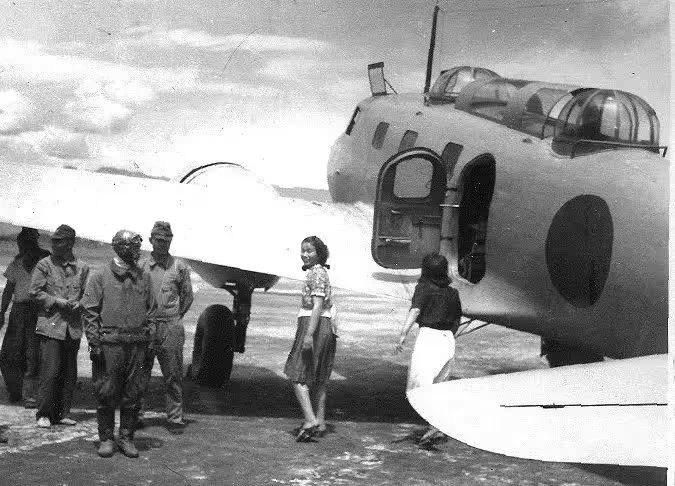Warplanes of Japan: Tachikawa Ki-54
Tachikawa Ki-54

The Tachikawa Ki-54 was a Japanese twin-engine advanced trainer used during the Second World War. The aircraft was named Hickory by the Allies. The Ki-54 was developed in response to an Imperial Japanese Army requirement for a twin-engine advanced trainer, principally for crew training. The prototype first flew in summer 1940 and, on completing trials, entered production in 1941 as Army Type 1 Advanced Trainer Model A (Ki-54a). The Ki-54a was soon followed by the Ki-54b as Army Type 1 Operations Trainer Model B and Ki-54c as Army Type 1 Transport Model C. The Ki-54b and -c enjoyed successful careers until the end of the war. A few captured aircraft were flown after the war by various users. (Wikipedia)


Tachikawa Ki-54a Army Type 1 Advanced Trainer Model A. (IJAAF Photos)




Tachikawa Ki-54c Army Type 1 Transport Model C, codenamed Hickory. (IJAAF Photos)


Tachikawa Ki-54 transport aircraft codenamed Hickory with green surrender crosses, taken over by the RAAF. The fuselage of this aircraft is stored in the Treloar Technology Centre, Australia. (Australian War Museum Photo)

(Nick-D Photo)
Tachikawa Ki-54 Hickory fuselage in storage at the Australian War Memorial's Treloar Technology Centre.

(USAAF Photo)
Tachikawa Ki-54 transport aircraft codenamed Hickory, in USAAF markings.

(Aomorikuma Photo)
Tachikawa Ki-54 Hickory, remains preserved in Japan.





